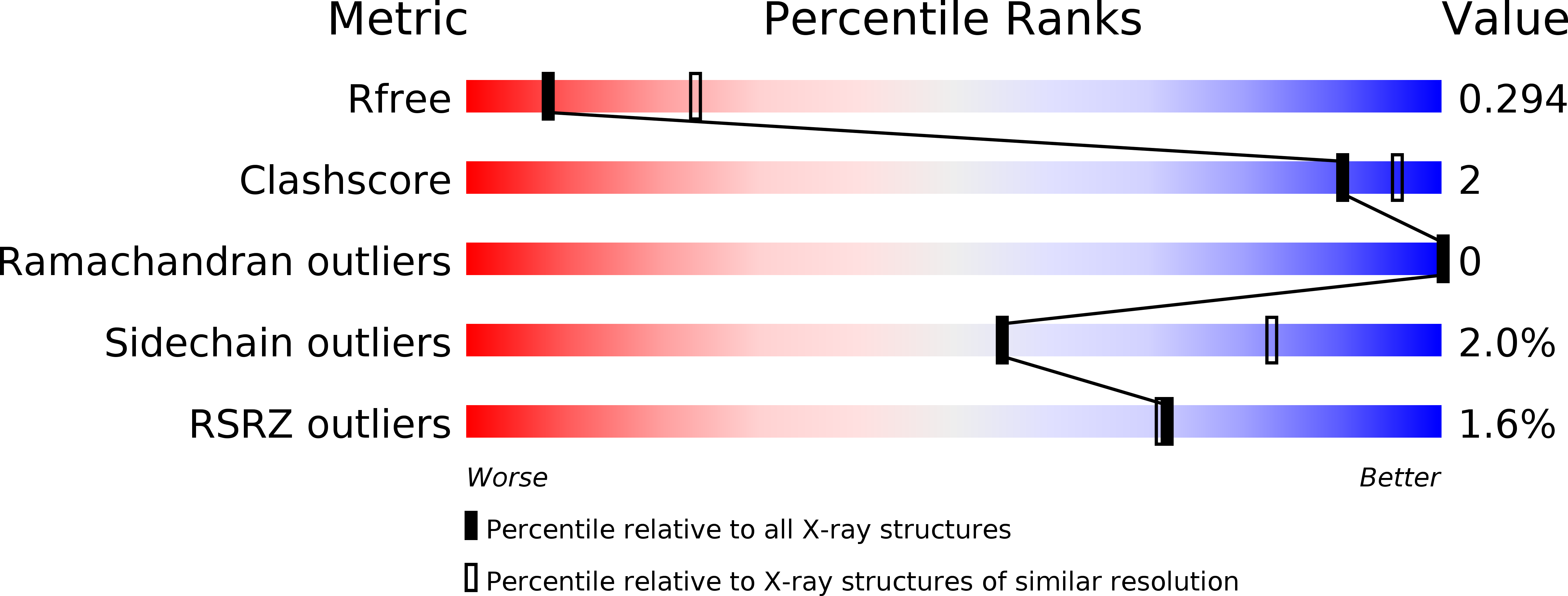
Deposition Date
2010-02-24
Release Date
2010-03-09
Last Version Date
2023-11-01
Entry Detail
PDB ID:
3LX8
Keywords:
Title:
Crystal structure of GDP-bound NFeoB from S. thermophilus
Biological Source:
Source Organism:
Streptococcus thermophilus (Taxon ID: 264199)
Host Organism:
Method Details:
Experimental Method:
Resolution:
2.90 Å
R-Value Free:
0.29
R-Value Work:
0.23
R-Value Observed:
0.24
Space Group:
P 41 21 2


